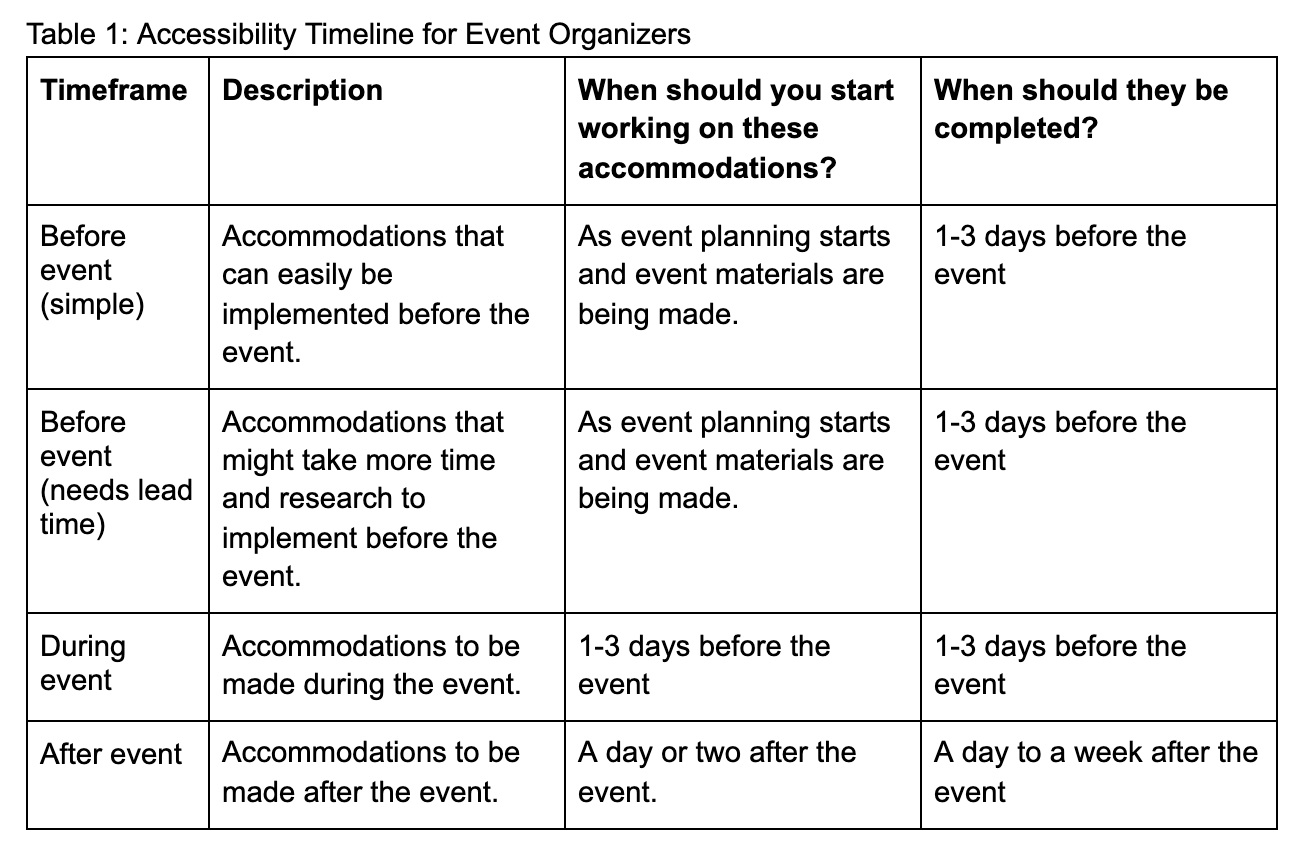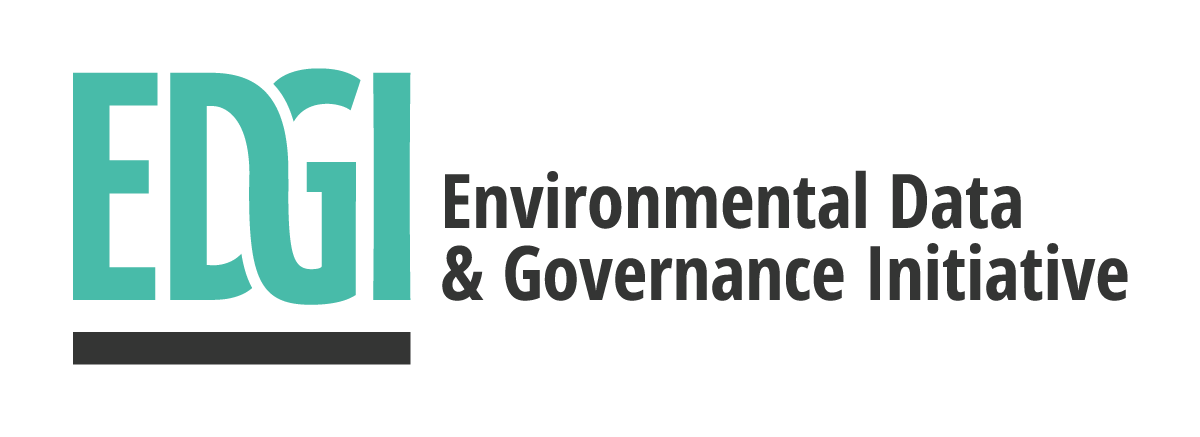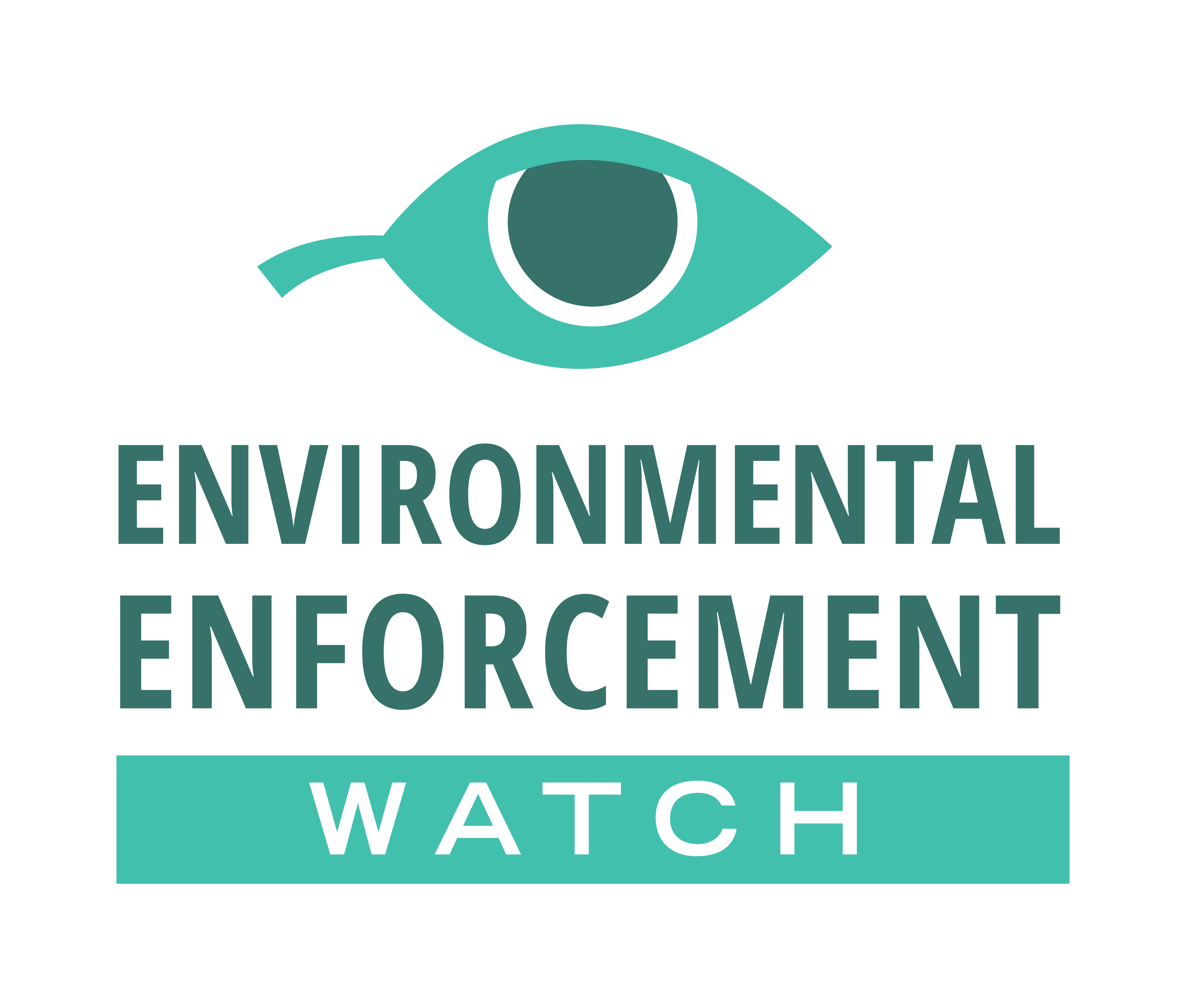By Leslie Alanis
Using funding from Code for Science & Society (CS&S), EDGI has developed and implemented standards for event accessibility. Specifically, our Environmental Enforcement Watch (EEW) team has developed tools aimed at making our event—including the tools, language, and data we use at events—as accessible to the public as possible. At EEW events held this spring, this included everything from using open source data tools like Jupyter Notebooks, live captioning, having live Spanish translation, and hosting a break room during our Zoom events. There is no one way to make an event accessible; attendees of different events, as well as the events themselves, have unique accessibility needs.
To develop a set of accessibility standards for planning our Spring EEW events—events that included discussion of accessibility of EPA resources for Latinx communities and public open hours to discuss challenges with environmental data—we identified six areas of accessibility to review prior to each event: visual, auditory, speech and communication, cognitive and developmental, language, and situational. We chose these six categories by reviewing research, personal experience, needs of EDGI members, and needs of event participants.
Event accessibility can always be improved, but we would like to share our work as a resource for others looking to make virtual events more accessible.
Below, we’ll break down accommodations by type, organized according to an event organizer timeline described in Table 1:

Planning for Accommodations by Type
Visual
Audiences that might benefit from visual accommodations include people with loss of central and peripheral vision, full or partial blindness, blurred vision, light sensitivity, color blindness, generalized haze, glaucoma, cataracts, nearsightedness, farsightedness, visual complications from albinism, astigmatism, atrophy, and degenerative disorders.
Before event (simple)
- Use high color contrast slides
- Use sans serif typefaces
- Use colorblindness-friendly colors
- Use large font size and line spacing (20pt or greater)
- Provide alt descriptions of all images and figures
- Don’t use any flashing images
- Create a shared event document, like HackMD or Etherpad, which are compatible with screen readers
- Don’t rush, plan for extra time to process information
Before event (needs lead time)
- Share event materials 2- 3 days before the event
After event
- Provide a video recording of the event with captions

Auditory
Audiences that might benefit from auditory accommodations include people with hearing loss, deafness, auditory processing disorder, hyperacusis, tinnitus, and noise sensitivity.
Before event (simple)
- Don’t rush, plan for extra time to process information
Before event (needs lead time)
- Provide sign language interpretation
- Provide additional written or visual material (especially for tasks with multiple steps)
- Provide assistive listening devices
- Use applications or programs that reduce background noise
- Have a designated notetaker
- Use clear, simple, everyday use language (preferably a script)
- Share event materials 2- 3 days before the event
During event
- Speak calmly, clearly, and loudly
- Check frequently for understanding
- Providing live captioning
After event
- Release a copy of the Zoom chat
- Provide an event transcript
- Provide a video recording of the event with captions


Speech and Communication
Audiences that might benefit from speech and communication accommodations include people with apraxia, orofacial myofunctional and articulation disorders, stuttering and receptive disorders, language processing disorders, speech delay, mutism, and selective mutism, brain injury-related speech disorders like dysarthria, resonance disorders, and disorders that affect one’s voice.
Before event (simple)
- Don’t rush, plan for extra time to process information
- Create a shared event document in a technology like HackMD or Etherpad, which are compatible with screen readers
Before event (needs lead time)
- Provide sign language interpretation
- Share event materials 2- 3 days before the event
- Have a designated notetaker
- Have a designated area for written down questions and answers (chat room, Etherpad, or HackMD)
- Use clear, simple, everyday use language (preferably a script)
During event
- Speak calmly, clearly, and loudly
After event
- Provide a copy of the Zoom chat
- Provide a video recording of the event with captions
- Provide an event transcript

Cognitive and Developmental
Audiences that might benefit from cognitive and developmental accommodations include people with autism spectrum disorder and sensory processing disorder; learning disorders like ADHD, dyslexia, and dyscalculia; schizophrenia; Down syndrome, Rett syndrome, fragile X syndrome, and phenylketonuria (PKU); intellectual disabilities, aphasia, and memory loss.
Before event (simple)
- Don’t use any flashing images
- Create a shared event document using a technology like HackMD or Etherpad, which are compatible with screen readers
Before event (needs lead time)
- Providing presentation materials (slides, videos, etc) in advance
- Use clear, simple, everyday use language (preferably a script)
- Share event materials 2- 3 days before the event
- Plan regular breaks and/or break rooms
During event
- Speak calmly and with regular pauses
- Encourage asking questions in the chat
After event
- Provide a video recording of the event with captions

Language
Audiences that might benefit from language accommodations include people who are more comfortable participating in a language other than English, community members, non-specialists, non-academics, hard to reach communities, and fenceline communities .
Before event (simple)
- Create a shared event document using technology like HackMD or Etherpad, which are compatible with screen readers
Before event (needs lead time)
- Translate event materials
- Provide live interpretation or live captioning
- Use clear, simple, everyday use language
- Share event materials 2- 3 days before the event
After event
- Provide a translated event transcript
- Provide a video recording of the event with captions

Situational
Audiences that might benefit from situational accommodations include communities with limited or faulty internet access, caretakers, and people with multiple jobs or commitments.
Before event (simple)
- Use low-bandwidth friendly tools
- Use easy to use, accessible technology
- Create a shared event document, like HackMD or Etherpad, which are compatible with screen readers
Before event (needs lead time)
- Share event materials 2- 3 days before the event
After event
- Provide a translated event transcript
- Provide a video recording of the event with captions
Internally, we have created an accessibility options spreadsheet, which outlines potential resources for creating the accommodations asked for above. We try to implement most accommodations as we plan the event and make event materials, regardless of audience. For example, color, text font and size, alt-descriptions of images are easy to make accessible.
Other accommodations take more time or dedicated funding. In order to provide reasonable accommodation without overextending our time and financial resources, we made a short pre-event survey to determine participants’ accessibility needs at each spring EEW event, which was used to help determine resource allocation.
Overall, we hope these resources can be useful tools to those looking to make their virtual events more accessible.

